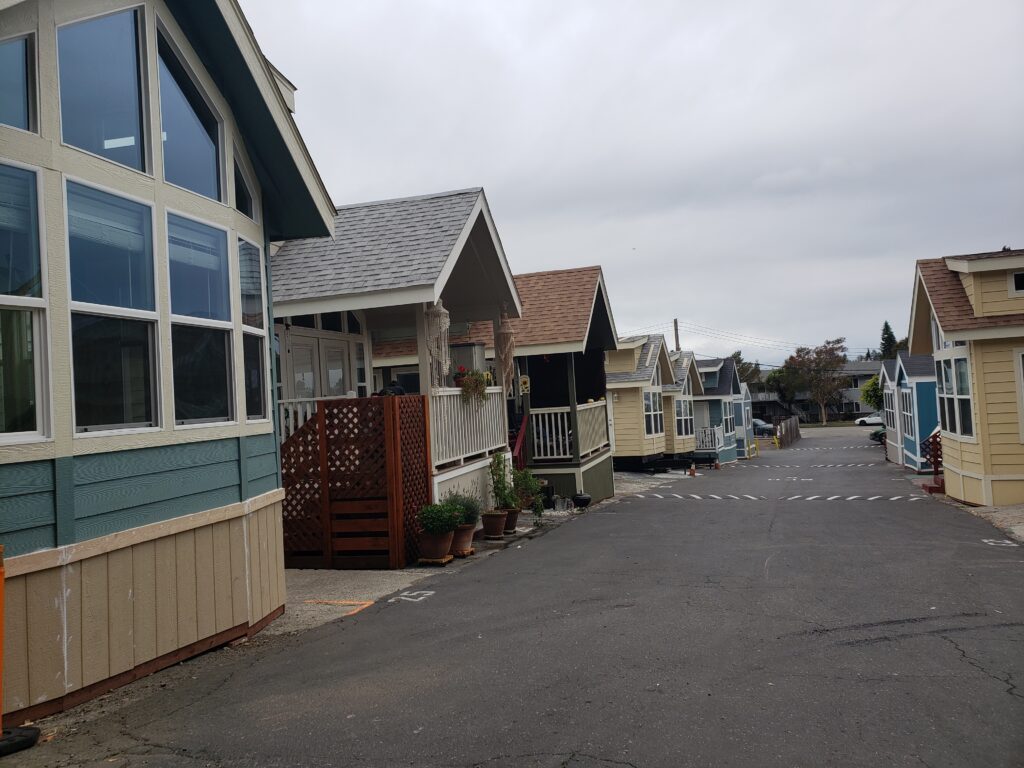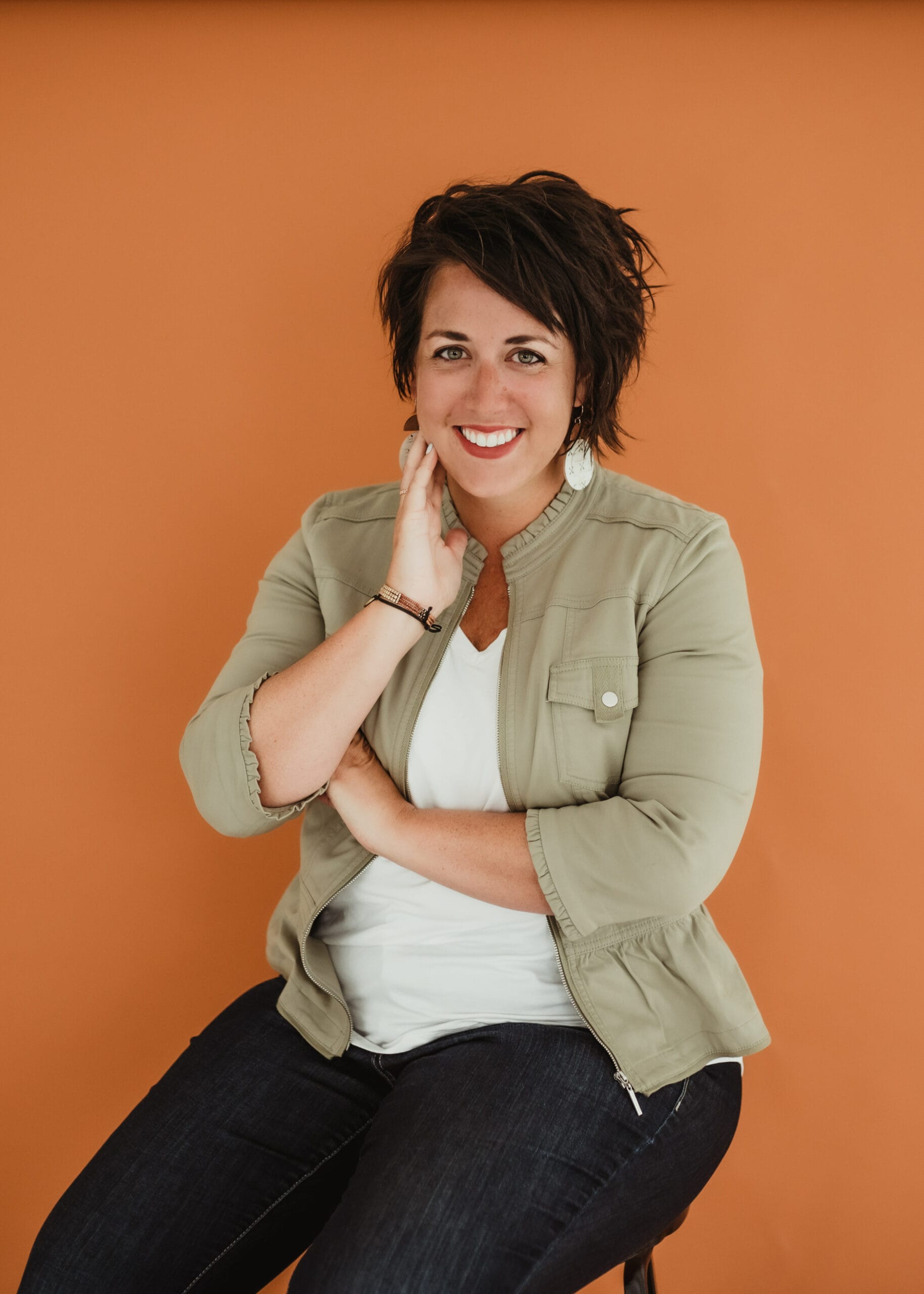If it’s tiny, it’s trendy. The tiny house movement has taken over amidst a surge of interest in minimalism, simplified living trends, and reducing our environmental footprints. But the industry, and the process of making a tiny house work for you, is a lot more complicated than it appears. From finding a place to build said tiny house, to figuring out just how tiny is too tiny for your needs, it’s worth a second look before jumping into this lifestyle. For others, especially families who can’t or don’t want to have a large mortgage expense in their budget, this is a financial decision that changes their way of life. Check out some top considerations on tiny house living, and the advantages and disadvantages.
Ending the cycle of mortgage debt
While a select few may see one too many episodes of HGTV and decide to take the plunge, most successful tiny house buyers have more concrete reasons. Ryan Mitchell, author of The Tiny Life book and website, has been living tiny since the great recession of 2008 when he lost his job and decided he never wanted to be in the same financial situation ever again. He owns a tiny house in Charlotte, N.C.
“I realized…I can be a relatively smart person with a degree who works hard and performs well and still not have job security…I remember sitting in the parking lot thinking I don’t know how I’m going to pay rent,” Mitchell says. “I never again want to be worried about paying for basic necessities to get by. Half of my income was going towards housing.” His drive to eliminate such a large line item from his budget is a common reason people choose tiny living. His rent, utilities, and insurance used to cost $1500 per month. Now he pays for water, propane, and some land taxes for just $15 per month. “It makes the financial picture dramatically different.”
Reducing your carbon footprint
Think you aren’t hurting mother Earth? You may be, just by having a typical house. In fact, 5% of emissions come from residential housing, according to the EPA. Mitchell says the average house build produces four to five tons of construction waste, “which is more than what my tiny house weighs in its own self.”
Builders such as IKEA are zeroing in on this need, creating tiny home projects to reduce the impact on the environment. Their focus on creating sustainable housing means that some people will be able to buy $50,000 tiny houses that are already eco-friendly.
But it’s not just the building process that creates an eco-friendly tiny house. Mitchell says you have more control over the details, and greener materials and options become more “financially viable” due to their smaller sizes. Matthew Davies is the founder of Harmony Communities, a Stockton, Calif.-based affordable home building company. He renovates RV and other communities by building park model homes, which are 400 sq. foot base small homes. For his clients, solar panels are already built into the community projects so they are getting the benefit of reducing their environmental impact at minimal costs. His company uses small, energy-efficient appliances, and says all of these small endeavors result in “millions in savings and oodles and oodles and tons of carbon.”
Mitchell explains that solar power is more practical and that he’s “completely off the grid” in his tiny house. “By me not using the power and getting it from solar [I’ve saved] 2 tons of coal (the local powerplant is coal) and it’s basically 2 tons of coal less a year that doesn’t get burned on my behalf. I use 90 percent less water, due to shorter plumbing runs. Hot water gets to the shower faster.”
Starting a backyard village
The size of tiny houses means that there’s an increased focus on getting outside, which comes with the added benefit of getting to know your neighbors just a bit better. Some tiny home communities have been formed in close proximity with this exact intent–community. These backyard tiny home villages sometimes feature a “main house” which serves as a lodge and allows people to live small but with the added benefit of additional storage, entertaining spaces, and full-sized laundry facilities.
Sue Thomas and her husband Bill have designed and built tiny houses for years through Hobbitat Spaces, a small and tiny house company from Oakland, Md. She says, “If you have a tiny house community you can have communal buildings for storing your toys if you have bikes and kayaks and that kind of stuff. Also, it can have a larger lodge feeling where you can get together and have a bigger kitchen where you can do more entertaining…Tiny houses are…small.”
She emphasizes that most people looking for tiny houses don’t want to spend all their time in it, but to use it as a low maintenance living space so they can spend the rest of their time enjoying the outdoors.
Providing affordable living for low-income families
Davies paints a grim picture for working families in expensive cities and states, such as most of California: “The median home price in Gilroy, California is $850,000,” he says. “That’s insane. You want to buy that house? It’s a jumbo loan. For at least 20 percent down, you will need $200,000 to buy that house, then taxes, insurance, and mortgage will be four grand per month. You are going to need to make $125,000 per year with no other debt,” he says. He adds that the median income in the area is $140,000 for a family of 4, and poverty level is $80,000. His company is passionate about solving this housing crisis for those in his area, and tiny living can solve it in other places as well. In fact, he says park models make up 95% of tiny homes, mostly in existing communities, and 80% of his clients are lower-income families.
If he can replace life living in an “old dingy fifth wheel” for people who can’t afford larger homes, he will have accomplished his mission. “That’s not a quality of life.”
“The real story with park models is that these are going to the working class,” he says.
Make a mind shift before a home shift
Tiny house living isn’t for everyone, especially those who haven’t done the mental work to determine just how big of a shift it can be from a larger house. Mitchell says, “They see the house and think they just need to buy one and that’s good. In reality, it has nothing to do with the house, it’s all about intentional choices we made for our lives.” Instead, he calls the house just a tool to do that. “People can have that mental shift, to be more intentional with choices, and learn to say no, in an apartment or larger house.”
While they are super cute, he says that people who think like that haven’t really examined the reasons to move: “I wanted to have better financial security, more control over time, money, and freedom. I wanted to do meaningful work…you’ve got to do the legwork to shift your life.”
Thomas has also heard the “it’s so cute” line and says people need to be actually prepared to downsize their stuff. “Then they start to move in all their stuff…No, you don’t have much closet space.” She encourages people to carefully consider it before “diving in.”
Read more tiny house articles from Shareable:
- How to create a tiny house village
- Tiny house villages grow as more are pushed out in housing squeeze
- Inside the rise of the tiny house movement
- 11 tiny houses redefining home
- Legalizing the tiny house
- The world’s first tiny house hoteliers
- How to live off-the-grid in a tiny house
- 5 tiny dream homes
- The tiny house infographic that proves less is more
- 25 incredible tiny houses available on Airbnb









